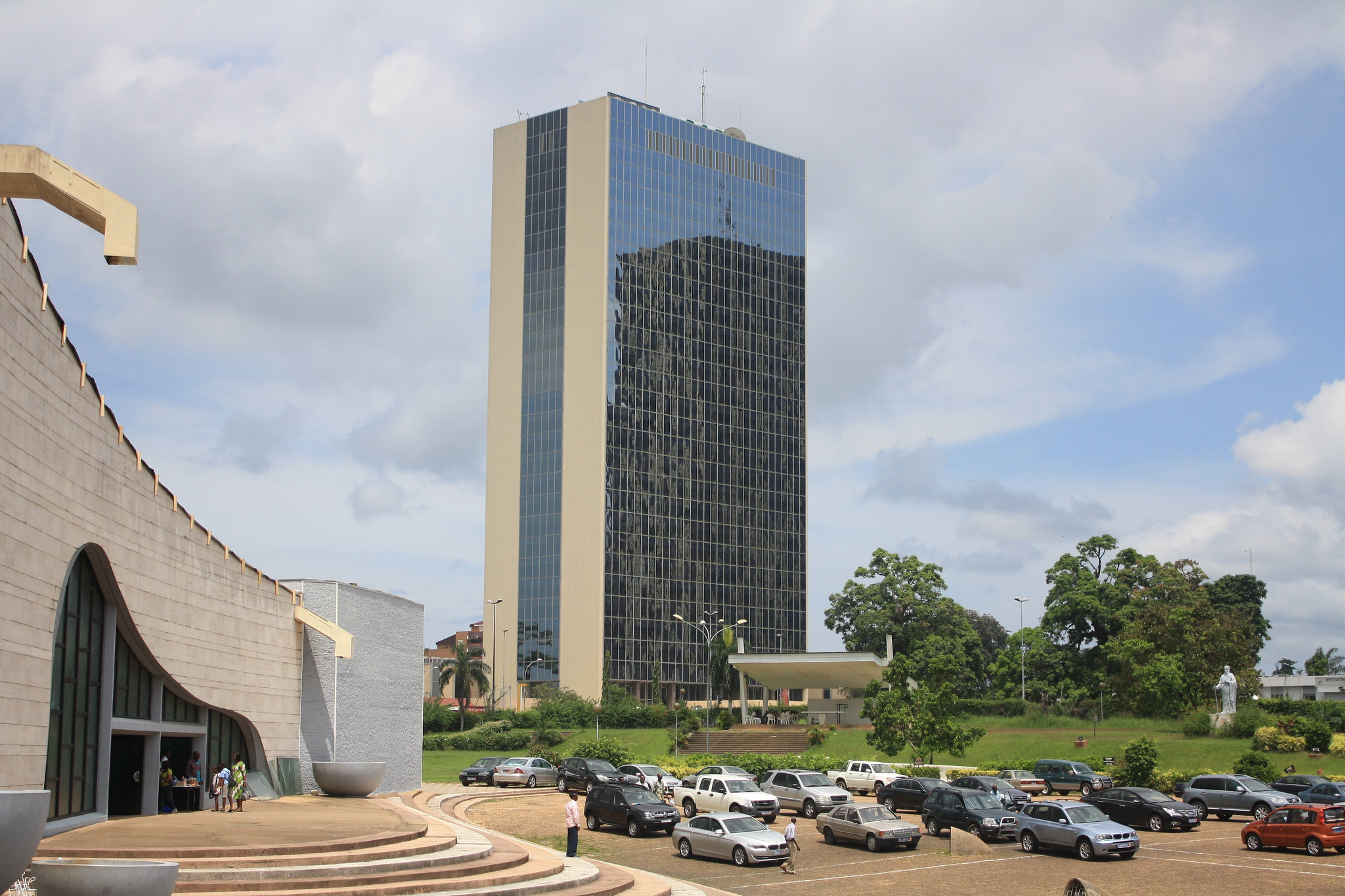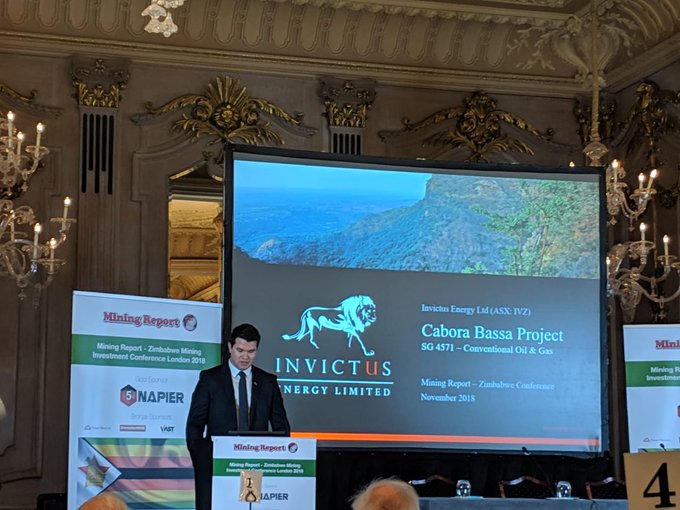Early oil results promising: Invictus
INVICTUS Energy, the Australia Stock Exchange (ASX) listed firm exploring for oil and gas in Muzarabani, says early stage results of its seismic programme, have revealed promising results compared to the 2019 fully processed data set gathered by French oil giant, Mobil in the early 1990s.
Seismic waves — the same tool used to study earthquakes — are frequently used to search for oil and natural gas deep below earth’s surface.
These waves of energy move through the earth just as sound waves move through the air.
In oil and gas exploration, seismic waves are sent deep into the earth and allowed to bounce back.
Geophysicists record the waves to learn about oil and gas reservoirs located beneath earth’s subsurface.
The Australian oil and gas exploration junior said in an update that it had completed more than 467 kilometres of 2D seismic data gathering in the Cahora Bassa area (Muzarabani) of northern Zimbabwe while remediation of the completed lines had commenced.
Invictus gave the contract for the seismic data processing to Canadian firm, Signal Earth, who are onshore seismic and high resolution 2D (2 Dimensional) data processing specialists.
“The preliminary processing of test Line 05 by Earth Signal is demonstrating promising results in comparison to the 2019 fully processed vintage data from the 1990 Mobil survey,” Invictus said this week.
The company indicated that the results from early stage processed data showed a substantial difference in quality between the datasets even at this formative stage of the data processing, which is extremely encouraging.
“This very early stage data from Earth Signal is already providing Invictus with improved seismic resolution, good fault definition and sharper delineation. The final seismic products will determine the well locations for the high impact basin opening drilling campaign scheduled for the first half of 2022,” Invictus said.
Invictus’ Special Grant 4571 covers 250 000 acres located in the most prospective portion of the Cahora Bassa Basin in northern Zimbabwe.
The licence is currently in the second exploration period which runs to August 2023.
Previously explored by Mobil Oil, the project contains the largest undrilled structure in onshore Africa.
The Muzarabani anticline feature has over 200 square kilometres under closure and 500m vertical relief and favourable depths for conventional oil and gas.
The Muzarabani conventional gas-condensate prospect, the largest undrilled prospect onshore Africa with an independently estimated 8,2 Trillion cubic feet plus 247 million barrels (gross mean unrisked basis) of conventional gas-condensate in a stacked target.
If the ongoing efforts to find oil and gas in Muzarabani succeed, they would represent significant potential to change or transform the face of Zimbabwe’s agro-based economy through growth in exports, foreign currency inflows, energy security, job creation and development of downstream industries among others.
Invictus Energy has already signed a petroleum exploration development and production agreement (PEDPA) with the Government of Zimbabwe.
The PEDPA lays out the framework for accelerated development of the Muzarabani oil and gas initiative and the details of the roles, rights and obligations of each part during the course of the project lifecycle.
President Mnangagwa, after signing the agreement in April this year, said it represented major strides in the country’s quest to tap into its undeveloped oil and gas resources.
He said oil and gas would offer opportunities for huge, unique and competitive investment given the industry had various potential downstream linkages.-eBusiness Weekly











